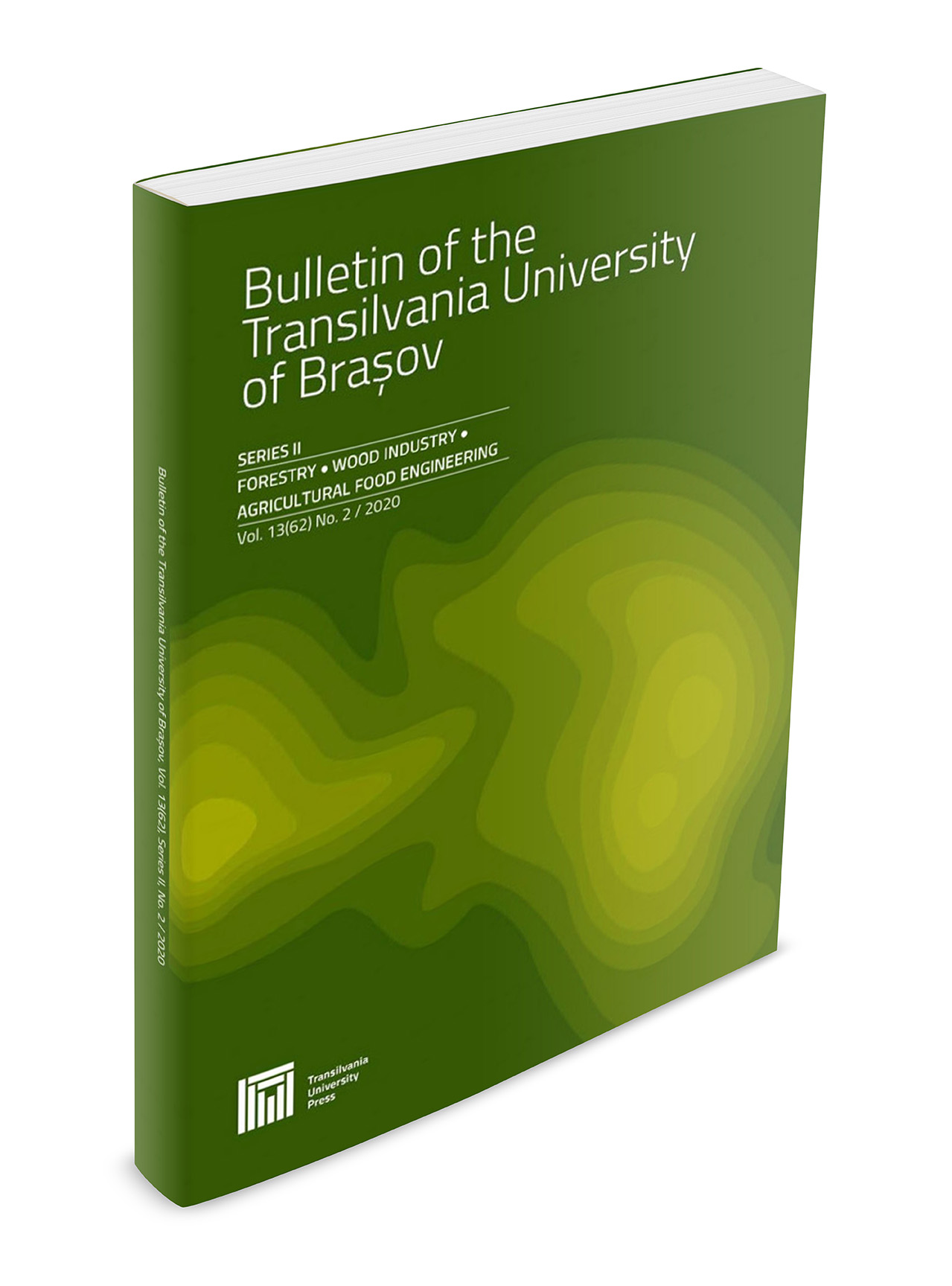Physicochemical Changes in Rainbow Trout (Oncorhynchus Mykiss) after Freezing
DOI:
https://doi.org/10.31926/but.fwiafe.2020.13.62.1.5Keywords:
fish, frozen storage, physicochemical characteristicsAbstract
The aim of this study was to compare some physicochemical changes in the dorsal and ventral muscles of rainbow trout (Oncorhynchus mykiss) after freezing. A total of 45 fish were divided into three experimental groups. The first group consisted of fresh fish (n=15) while the second group encompassed frozen fish at – 18 °C for 15 days (n=15). The third group contained double frozen fish which were frozen at – 18 °C for 15 days, thawed, and frozen again under the same conditions (n=15). Water content, water activity, ash content, crude protein, and fat content were determined. There was a significant difference (р<0.05) between the water content of the dorsal muscle of the fresh fish (76.08%) and the double frozen fish (73.22%). Water activity differed substantially (р<0.05) in the dorsal (0.975) and ventral (0.960) muscles of the frozen trout, while it was significantly higher (р<0.05) in the dorsal muscle of the frozen (0.975) than the double frozen fish (0.967). Significant differences (р<0.05) in crude protein content were measured between the ventral muscle of the fresh (19.27%) and frozen fish (20.11%), as well as between the frozen (20.11%) and double frozen fish (19.29%). The fat content was significantly higher (р<0.05) in the ventral muscle (5.02%) than the dorsal muscle (3.83%) of the double frozen fish. It was concluded that freezing and storage at low temperatures affect the water content, water activity, crude protein, and fat content of rainbow trout (Oncorhynchus mykiss).



